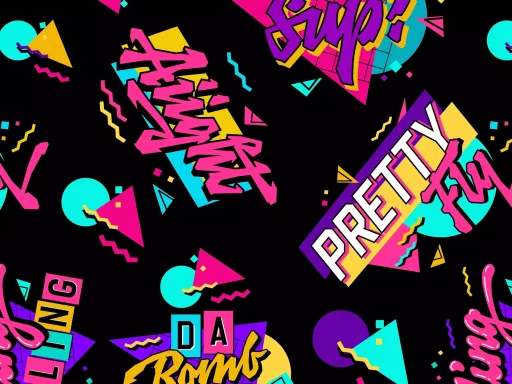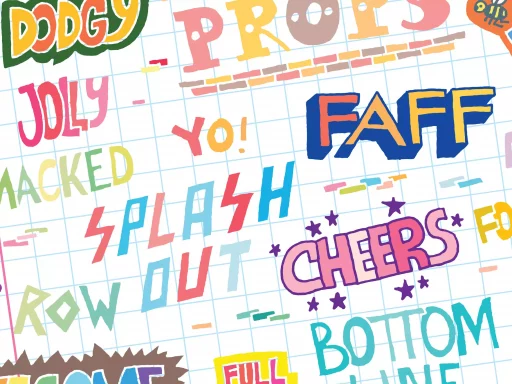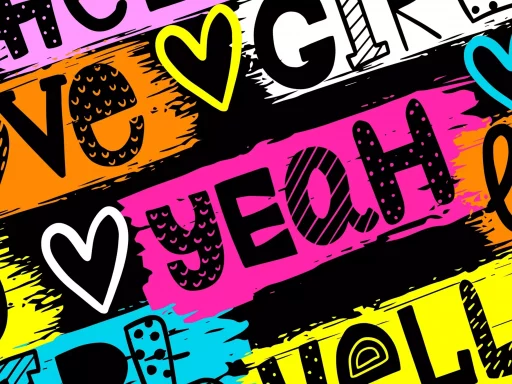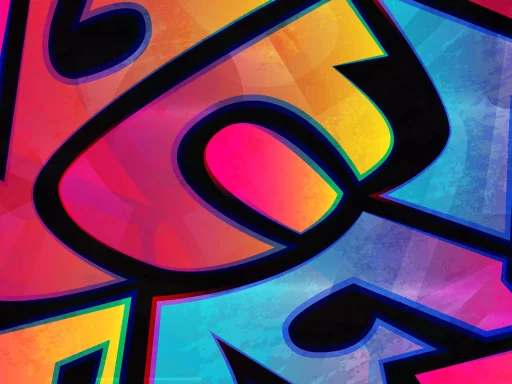Introduction
In contemporary slang, words often evolve to gain new meanings, and one such term is “buttercup.” This cute and whimsical term has transformed from referring to a flower to a label used in social interactions. This article aims to delve into the meaning, evolution, and usage of the term “buttercup” in slang, providing examples and insights into its cultural resonance.
Meaning of “Buttercup” in Slang
In slang, “buttercup” is often used as a term of endearment or a playful nickname. It is typically directed at someone who may be perceived as soft, delicate, or needing protection. The term can also carry a slightly condescending tone when used to imply that someone is being overly sensitive or emotional.
Origins of the Term
The use of “buttercup” as a term of endearment can be traced back to the flower itself, which is often associated with innocence and beauty. However, the modern slang interpretation likely evolved from romantic and familial contexts where such gentle nicknames are common.
Examples of Usage
Here are some examples showcasing how the term “buttercup” is used in different contexts:
- As a term of endearment: “Hey, buttercup, how was your day?” This usage conveys affection and warmth.
- In a teasing context: “Don’t be such a buttercup; it’s just a little rain!” Here, it suggests that the person is being overly dramatic about a minor inconvenience.
- In pop culture: Lyrics from songs or dialogues in films often highlight the playful use of the term. For instance, in a romantic setting, one character might call their partner “my little buttercup” to emphasize their fondness.
The Cultural Impact of ‘Buttercup’
The term “buttercup” is popular across various forms of media, including social media, music, and television. Its prevalence indicates how language evolves in informal contexts:
- Memes: On platforms like Instagram and TikTok, users create memes using the term, often juxtaposing cute imagery with humorous phrases.
- Song Lyrics: The term appears in songs across different genres, often associated with themes of love and sweetness.
- Movies and TV Shows: Characters in romantic comedies frequently use playful language, highlighting “buttercup” as a term that signifies affection.
Case Studies
To understand how “buttercup” is used in various environments, we can look at some case studies:
- Family Dynamics: A study conducted on parent-child interactions revealed that terms like “buttercup” foster closeness. Parents who used affectionate nicknames reported stronger emotional bonds with their children.
- Friendship Circles: Analysis of group chats indicated that friends who use playful nicknames tend to share stronger connections. The use of “buttercup” among friends was often seen during moments of vulnerability, reinforcing support and camaraderie.
- Online Communities: In forums and social media groups, individuals describing their emotional experiences often referred to themselves or others as “buttercup” to lighten the mood. This practice helps to create a welcoming and less intimidating environment.
Statistics on Slang Usage
According to several linguistic studies, the use of playful and affectionate slang terms such as “buttercup” is on the rise:
- Over 60% of millennials report using affectionate slang terms in their everyday conversations.
- Research shows that using playful language can enhance social bonding by up to 30% in informal settings.
- Studies have indicated that nicknames can improve interpersonal relationships by enhancing feelings of closeness and emotional safety.
Conclusion
The term “buttercup” has evolved from a simple flower name to a multifaceted slang term. Its usage can convey affection, playfulness, and sometimes a hint of condescension. As language continues to adapt and change in various social settings, the term “buttercup” remains a charming example of how slang can reflect cultural values and social dynamics. So the next time you hear the word “buttercup,” remember the delightful history and rich context behind it!






